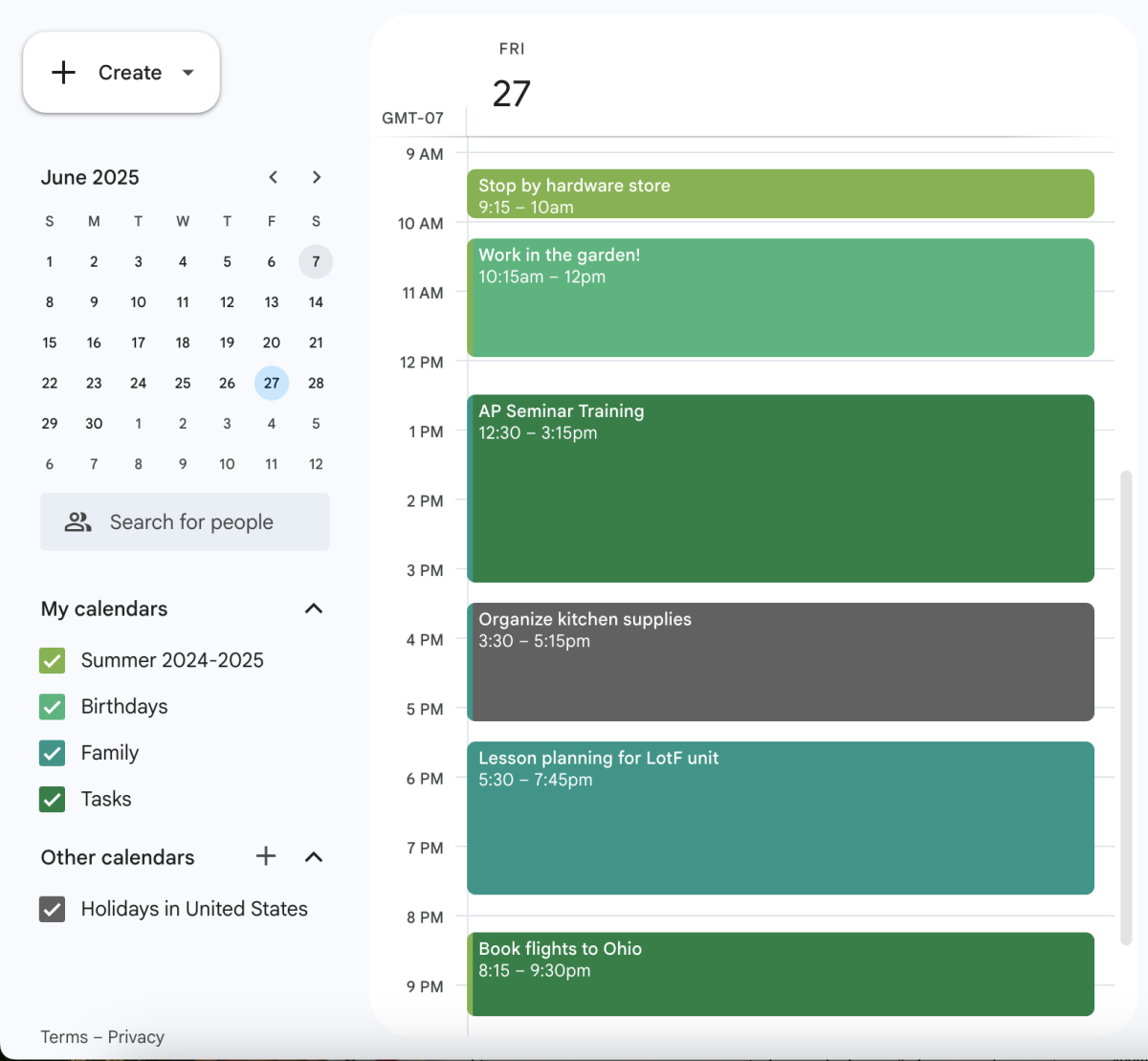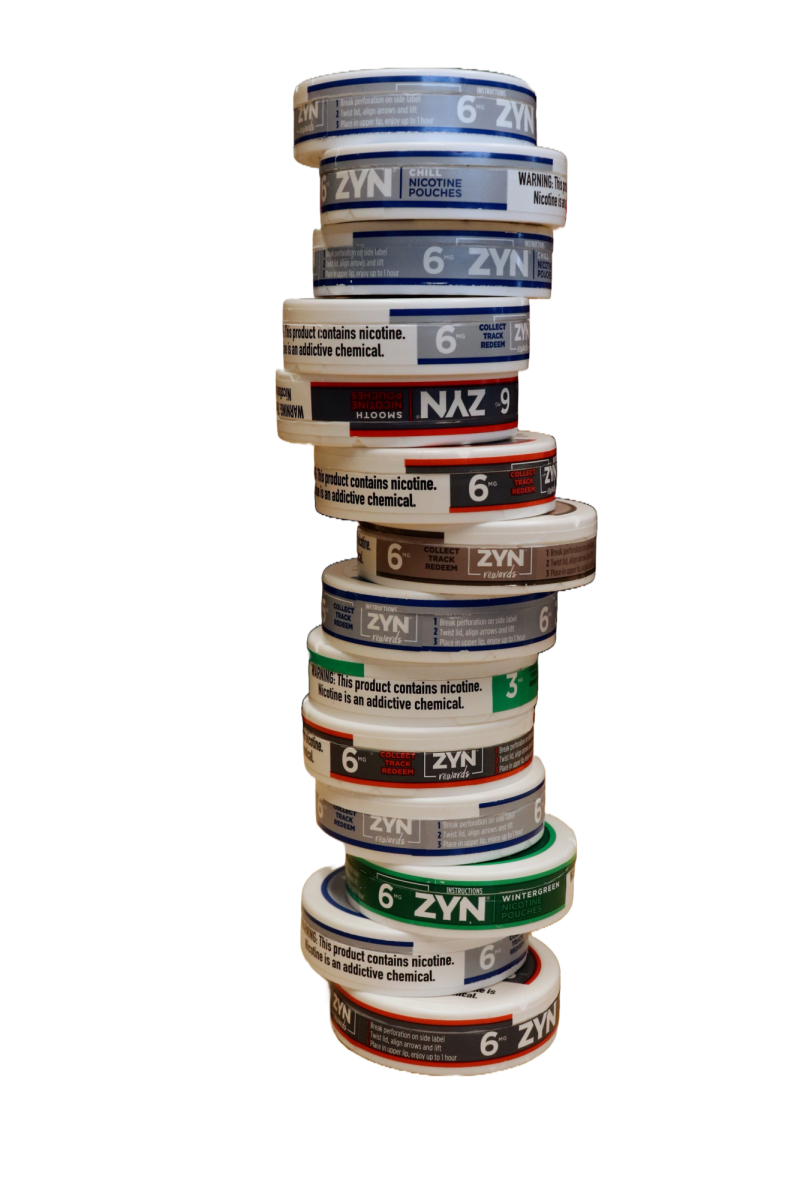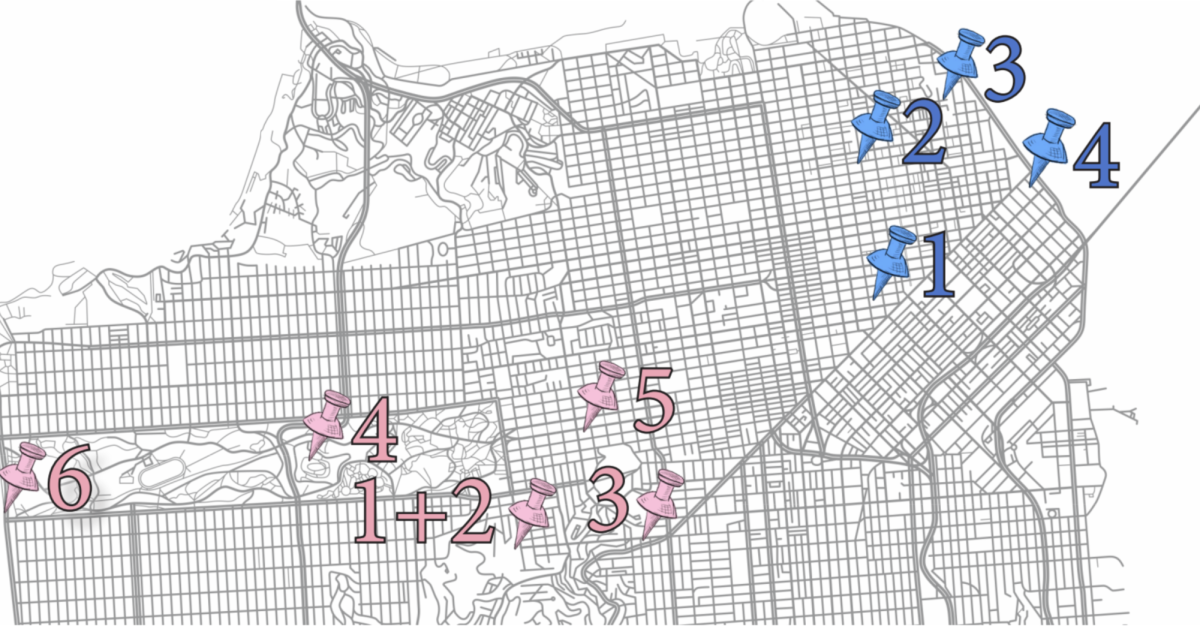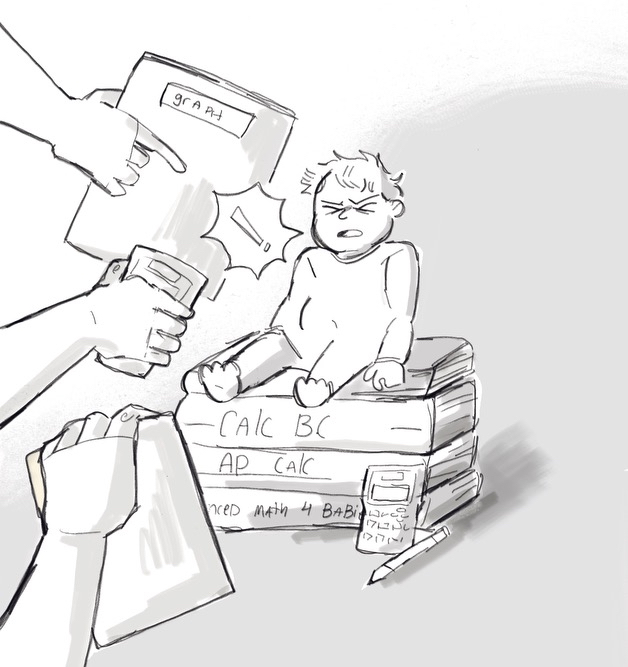For many PHS students, when they open their grades in Schoology, they no longer see numbers pop up on the screen. Instead, they see a list of standards for the class, and a word that describes what a teacher has determined that student’s understanding is.
In standards-based grading, rather than a student receiving a grade out of a number of points on a chapter test, they receive a standard grade on a specific topic that the class covers. In most classes the goal is to get a certain number of fluencies or masteries in a certain number of standards, but how different teachers utilize standards-based grading often varies from course to course.
“I want to report out learning based on specific learning targets and standards-based on the California State math standards.” math teacher Auban Willats said.
Grading practices like this have spread across the school in recent years. In the Science Department, AP Environmental Science, Geology, and both levels of physics use standards-based grading. Within the Language Department, all of the French levels use this grading system. Standards-based grading is most common in the Math Department, where seven courses use the grading system. Recently there has been a new development within the department; all integrated math classes now use the same exact standards-based grading system.
Willats said that over the summer the integrated math teachers worked together to align the grading systems in each of their different classes. Previously, they had all used standards-based grading, but had different overall grading practices.
“We all kind of wanted to talk about what does it mean? What do we want an A in math to mean? And what do we want our various kinds of levels to mean? And then how can we kind of bring them into some sort of alignment?” Willats said.
The integrated math classes are the first math classes that PHS freshmen will encounter. Meaning that the majority of freshmen are being introduced to standards-based grading for the first time ever as soon as they step foot onto the high school campus. For freshmen students this has proven to be a bit of a learning curve.
“I feel like at the beginning of the year, I would have had [my teacher] go back to the percentage system because I’m more used to that system. But now that I’m more used to [standards-based grading] I don’t really care too much,” freshman Yiyou Fang said.
Though the prevalence of standards-based grading has spread across PHS, there has also been a large amount of pushback from both parents and students in relation to the grading practice. Pushback has often been attributed to grades being able to easily lower to a different letter grade with just a couple developings on standards rather than fluencies.
“It’s more of you make the cut, or you don’t make the cut. Not really anything in between. There’s no A minus or B plus, it’s just A, B or C or D,” Fang said.
In standards-based grading many students rely on test retakes to keep their grades within the A or B range. Despite this, some students still believe that standards-based grading asks too much from them.
“I think it screams perfectionist. You have to get every single detail right to succeed, whereas normally, like sometimes you don’t have to get every single thing perfect to get a good grade,” junior Julia Montes said.
Though student perspective tends to be negative towards standards-based grading, some students have been able to see benefits.
“I think for teachers, it’s beneficial to see how many kids are getting developing, how many kids are getting a certain grade, and whether or not they need to reevaluate what they’re teaching,” junior Beatriz Donohoe said.
Even though some students have been able to see how standards-based grading is beneficial, some still believe that what benefits teachers does not benefit students.
“I think that [standards-based grading] pushes students to completely master a subject even more, but it comes with a lot of pressure to do so. And it’s not because [students] necessarily want to learn it. It’s because they feel like they have to get a good grade,” Montes said.
At the end of the day, standards-based grading is about students, parents, and teachers knowing if a student truly understands the topic, or if their grade is just above that 90 percent mark.
“I’m not going to give you a chapter score. I’m going to say this is how you did on factoring quadratics, this is how you did on factoring triangles, and this is how you did on proving triangle proofs,” Willats said. “I think that’s the most useful way of what is it that you know, and what you don’t know.”





























